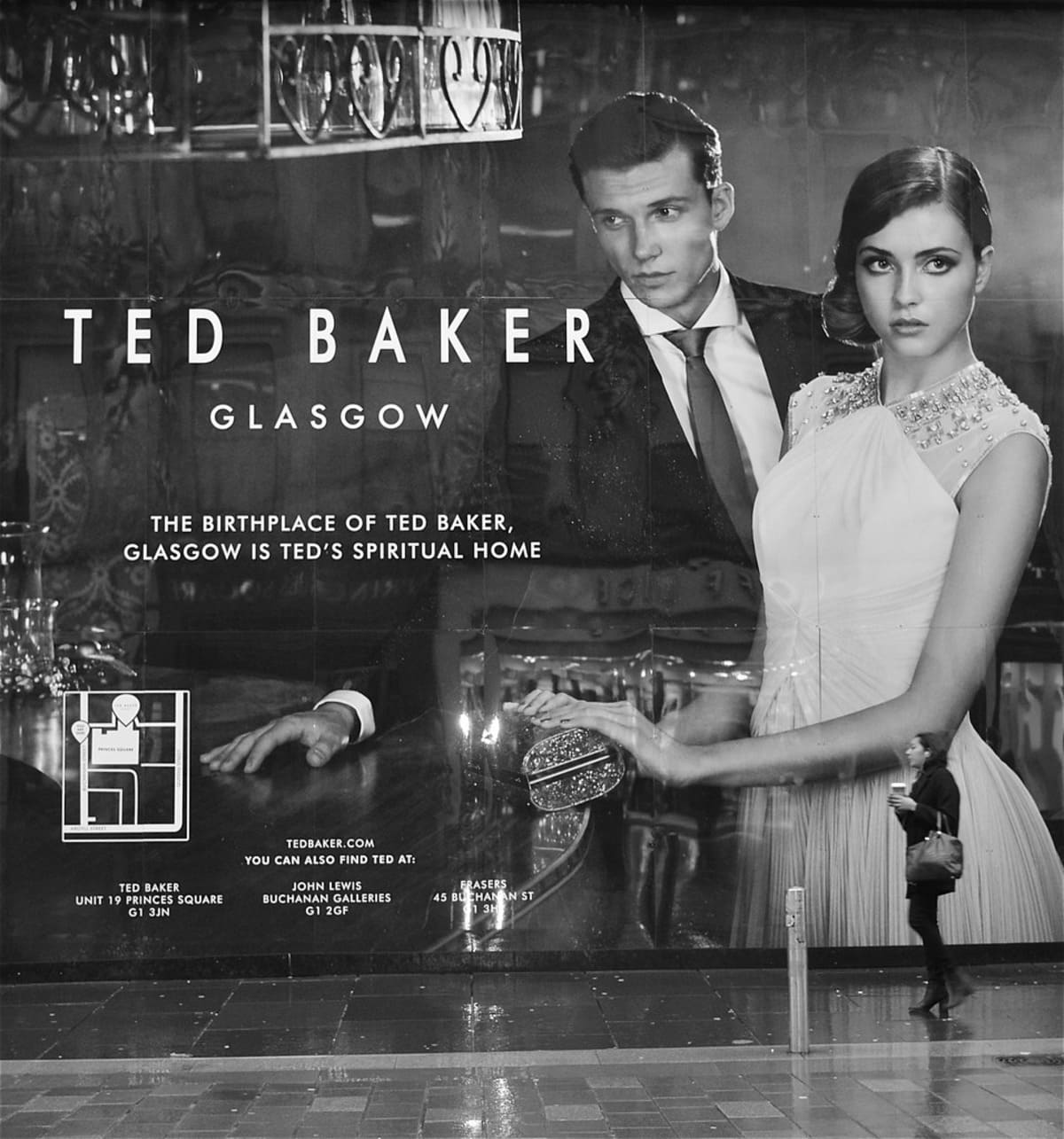Ted Baker, a beacon of British fashion sophistication, has navigated through the tumultuous waves of the retail world since its inception in 1988. Established in Glasgow, Scotland, Ted Baker initially positioned itself as a shire of sartorial elegance, swiftly cementing its status with the playful tagline styled as ‘Ted Baker, London’. This isn’t just a brand; it’s a story of ambition, aesthetic, and an undying commitment to quality that appeals to both the dapper gentleman and the chic woman. Through the years, Ted Baker has expanded its offering beyond the confines of menswear to include women’s apparel, accessories, and even fragrances, painting a picture of a lifestyle rather than just a label.
From its early days, Ted Baker distinguished itself with a keen focus on quality and a quirky sense of humor, which resonated well within the halls of global fashion. This unique blend of traditional British tailoring and contemporary design helped the brand to thrive, expanding its footprint with over 500 stores and concessions around the globe at its peak. Such expansion was not just in numbers, but also a testament to its revered status as a high-status brand among fashion circles. Despite the brand’s playful approach, it has always maintained a sophisticated edge that has drawn in a diverse audience, making it a staple in wardrobes worldwide.
However, the narrative took a dramatic turn as the brand faced significant challenges. The departure of founder Ray Kelvin amidst allegations and subsequent management upheavals marked the beginning of a turbulent phase. This period saw Ted Baker grappling with a series of setbacks including financial missteps and strategic errors that starkly contrasted with its former glory. In 2022, the Authentic Brands Group acquired Ted Baker in a bid to stabilize and possibly rejuvenate the struggling icon. Yet, despite these efforts, the brand’s sparkle has dimmed, with its operations in Europe faltering and its global influence waning. As we explore the minutiae of Ted Baker’s vintage logos and tags, it is also a delve into a rich history that mirrors the highs and lows of the fashion industry. Through understanding these symbols of heritage, we not only appreciate the craftsmanship but also reflect on the cyclical nature of business and brand evolution.
Ted Baker ‘Mission Impeccable’ Campaign
How to tell if Ted Baker is vintage from the logo
Ted Baker, known for its quintessentially British style and sophisticated designs, has maintained a consistent branding approach since its inception in 1988. The brand’s logo has become a symbol of quality and elegance in fashion. This guide explores the various logos Ted Baker has used throughout its history, focusing on the key elements that distinguish each era’s design. By understanding these nuances, enthusiasts and collectors can better identify the period of Ted Baker products, which can enhance their value and collectibility.
The Ted Baker logo has evolved subtly over the years, primarily reflecting shifts in design trends and branding strategies. The logo not only represents the brand’s identity but also its commitment to maintaining a classic yet contemporary aesthetic. This detailed examination of the logo from its original design to the present will help authenticate vintage Ted Baker items and appreciate the brand’s evolution.
1988 to now Ted Baker logo
- The Ted Baker logo used since 1988 features a simple, clean font that embodies the brand’s sophisticated and modern aesthetic.
- The text “TED BAKER” is written in bold, sans-serif typeface, showcasing clarity and a contemporary feel that appeals to a global audience.
- The inclusion of “LONDON” beneath the main brand name emphasizes its British roots, albeit in a smaller and slightly lighter font to maintain focus on the main brand name.
- The overall design is minimalistic, focusing on typography rather than additional graphical elements, which highlights the brand’s focus on fashion rather than overt branding.

1988 to now Ted Baker logo
How to tell if Ted Baker is vintage from the tags
Ted Baker, a quintessentially British brand, has long been recognized for its quirky yet sophisticated approach to fashion and branding. From its inception, the company has used its clothing tags not only as a brand identifier but also as a canvas to convey its unique personality and attention to detail. These tags offer a visual timeline of the brand’s evolution, reflecting changes in design trends, manufacturing locations, and branding strategies over the years.
For collectors and fashion enthusiasts, deciphering the age of Ted Baker garments can be a delightful challenge. Each decade brought its own flair to the tags, making them distinctive markers of the era in which the garments were produced. From bold typography to subtle textural changes, Ted Baker’s tags are a testament to the brand’s commitment to style and quality.
Need help with vintage tags or labels? Upload a picture on our vintage tag identification page, and we’ll assist you!
1990s vintage Ted Baker tags
- Introduction of the iconic ‘Ted Baker’ script in an elegant serif font.
- Tags often featured a minimalistic design with a focus on the brand name prominently displayed.
- Made in countries like Italy, showcasing the brand’s initial commitment to European manufacturing.

1990s Ted Baker tags
2000s vintage Ted Baker tags
- Transition to more colorful tags, incorporating different fabrics and prints that align with the garment’s design.
- Inclusion of detailed care instructions and fabric content, emphasizing the brand’s focus on customer care and garment longevity.
- Manufacturing tags indicate a shift to more diverse locations, including China, reflecting global expansion.

2000s Ted Baker tags
2010s vintage Ted Baker tags
- Modern and sleek designs with bold, clear fonts and a more structured layout.
- Increased use of symbols and additional branding elements like the ‘T’ logo.
- Continued diversity in manufacturing locations, with tags often noting the specific collection or line, such as ‘Endurance’ for more durable, high-performance fabrics.

2010s Ted Baker tags




